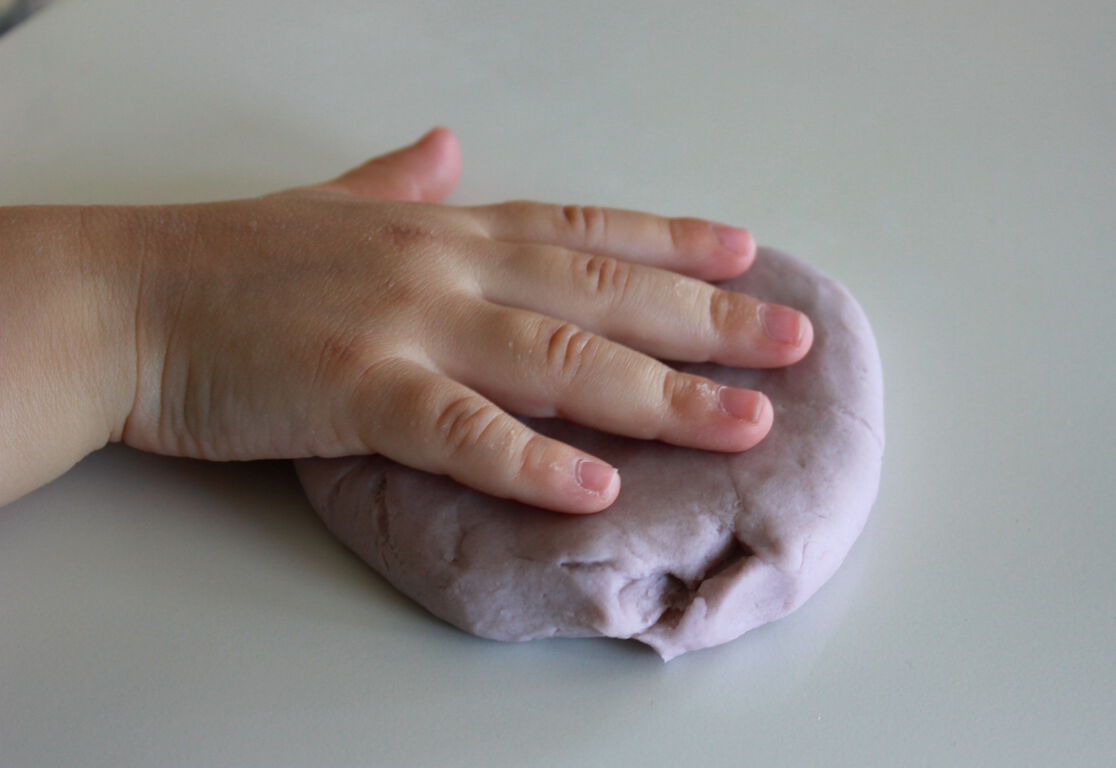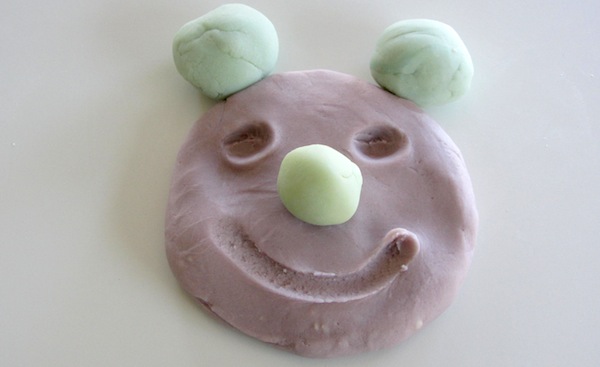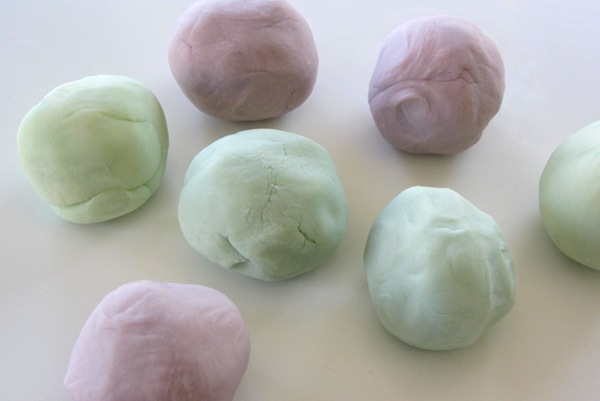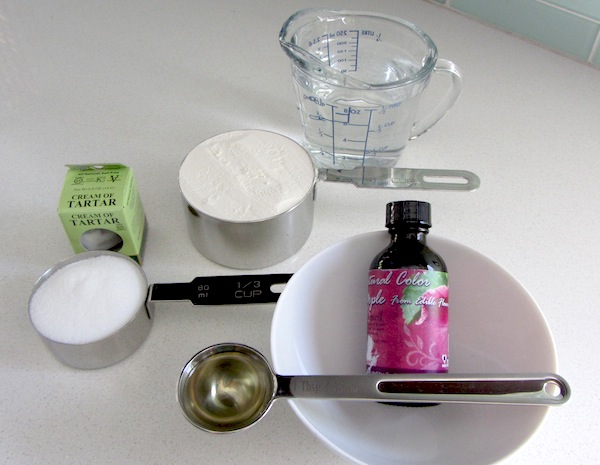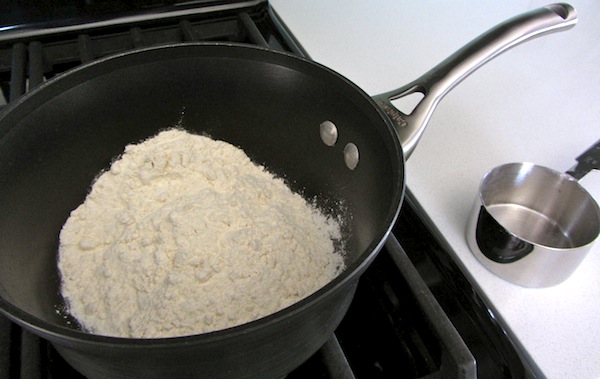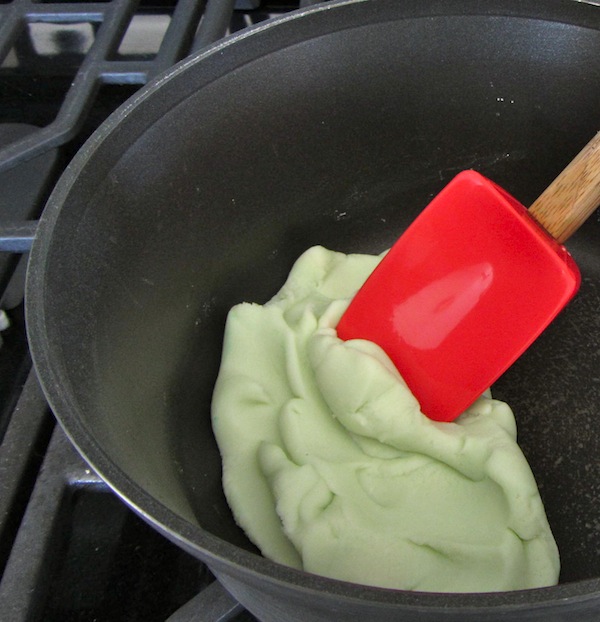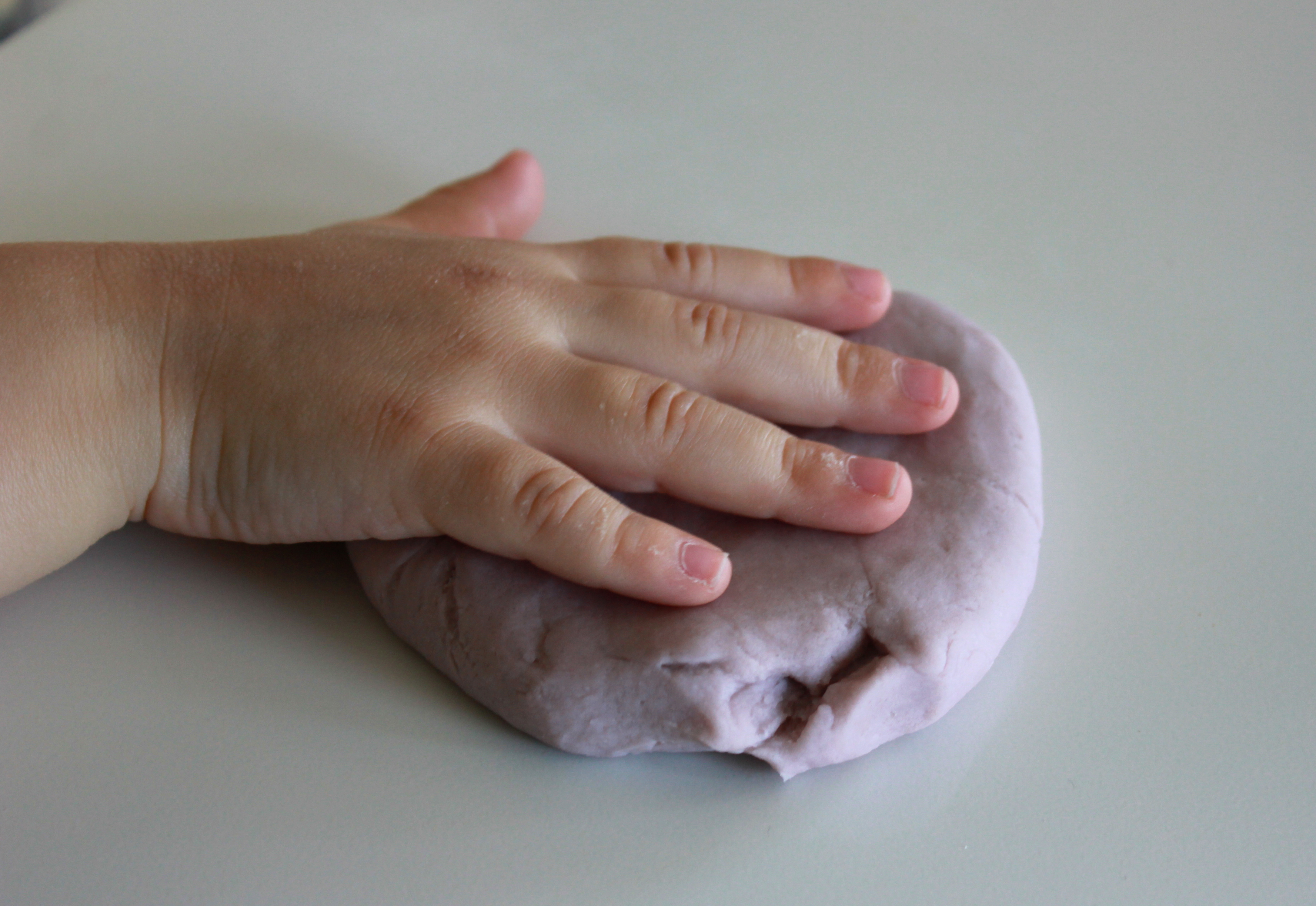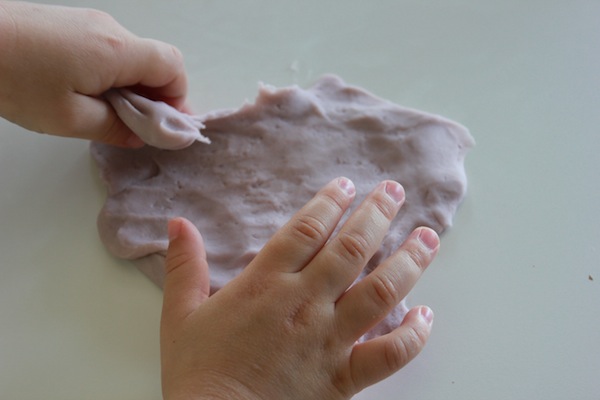Play dough remains a childhood classic because what’s not to love about squashing, poking, pounding, rolling, and sculpting this flexible medium. But beyond being a fun afternoon activity, it’s a great learning tool for kids.
If you make your own, your children will avoid toxic ingredients (like PVCs softened with phthalates) and learn about science, math, and kitchen safety through cooking. They’ll expand their imagination with creative play by making figures and building their current obsessions (ponies or garbage trucks, anyone?). And their use of tools to cut, roll, or make an impression will teach them about shapes and improve their dexterity.
Did we mention that making your own worry-free natural version is easy to do at home, inexpensive, and fun for everyone? Here’s a classic stove top recipe that makes smooth, durable play dough—guaranteed to provide hours of entertainment.
Ingredients
- 1 cup flour
- 1 cup water
- 2 teaspoon cream of tartar
- 1/3 cup salt
- 1 tablespoon vegetable oil
- Natural food coloring
Directions
- Mix together all the ingredients, except the natural food coloring, in a saucepan.
- Stir over low-to-medium heat to cook.
- Once the dough begins to thicken, add the food coloring. Natural food coloring creates pretty pastels, but doesn’t produce the bright hues seen in conventional store-bought brands. If you want more than one color, divide the recipe equally from start to finish between two or more pots. Or consider making your own natural food coloring with homemade juice dyes. Simply combine a quarter cup of food (think bright ones like blueberries, beets, turmeric) with two cups of water, then simmer on low heat for an hour. Once done, cool, strain, and use it in your play dough recipe.
- Continue stirring until the mixture begins to gather around the spoon—it will be much thicker and start to take on a smooth texture.
- Remove the dough and cool on a plate or other non-stick surface.
- To extend the play dough’s shelf life, store it in an airtight container.
- And, of course, have fun! Check out this great post on 39 ideas for playing with play dough from Artful Parent. What would you add to that list?
We aim to provide you with the most honest and credible information possible. This article was reviewed for accuracy by The Honest Team and was written based on sources that are linked at the bottom of the article.
blog_review_statement